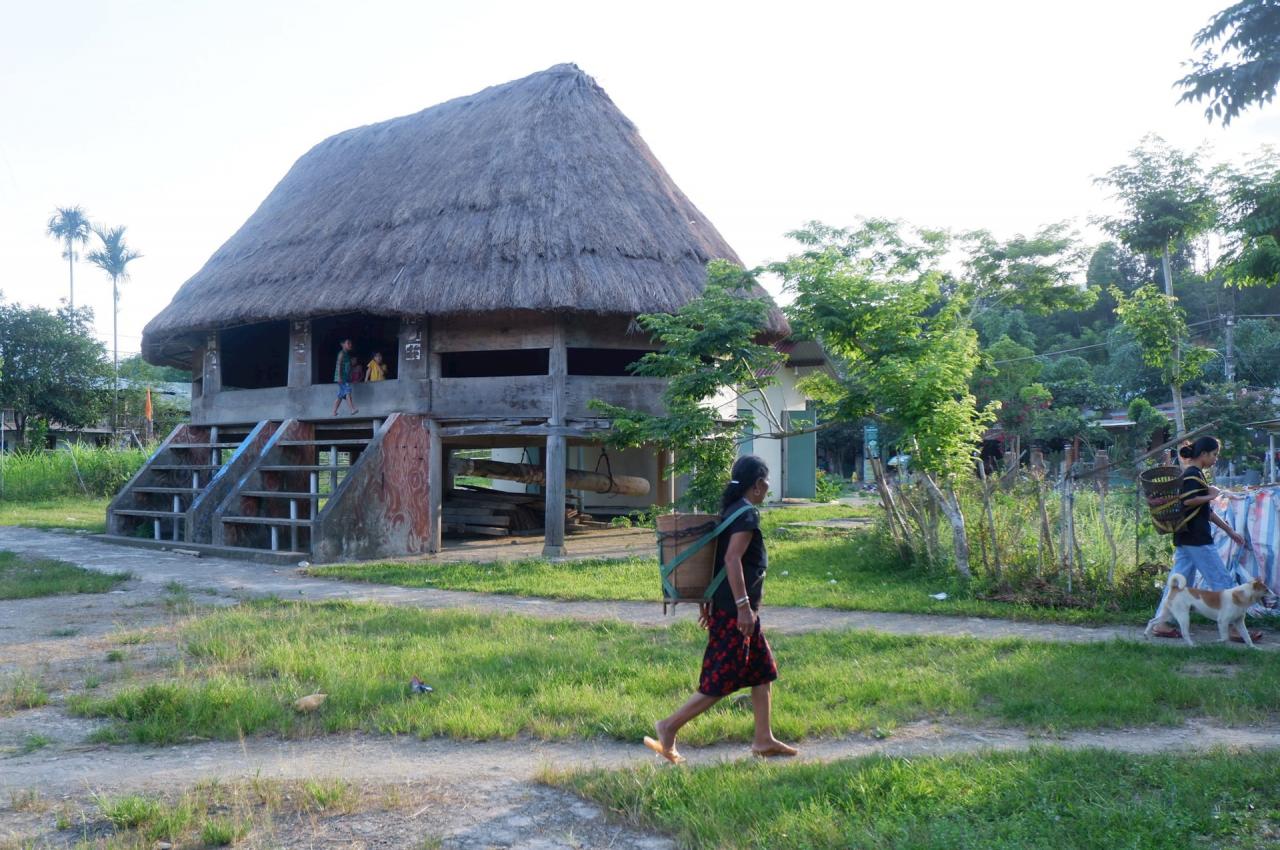
1. One day in Nam Giang, Mr. Tran Ngoc Hung - Head of the district's Culture and Information Department looked annoyed: "Do you think the Co Tu people here are the ones people attribute to Dak Lak?". I got lost in analyzing the characteristics of the population, customs, geography, in short, I could not locate the cultural identity.
And he opened his phone to show me the pictures he took. Some of the newly renovated mirrors in La De, Dac Pring, Dac Toi, had symbols from brocade patterns on their roofs. Mr. Hung said, these were the products of “some guys from the project”.
I wonder what the people in the area where the mirror is located think.
Making mirrors is to meet the spiritual and cultural needs of the people, making them feel secure in the place of mind that was established since the time in the mother's womb - protecting the heritage from the terrible erosion of modern times. Those mirrors, seemingly not, alive but actually dead; the body is correct but the face is crooked, not to mention the other side.
What a terrible irresponsible and uncultured way of working.
About three months later I called Mr. Hung again. The manager said he had sent them the pictures, and now they had taken them down.
2. Another issue that has been simmering for a long time is the objectionable roofing of mirrors with corrugated iron, most of them are made of concrete, and are no longer called mirrors but community houses.
The sword is the birth certificate, the identity of the Co Tu people, without it it is not possible. But when logging is banned, people make fake wood. The palm-leaf roof - a key to recognizing the forest like a mother's sleeve protecting her children, is also ignored.
At first glance, it looks exactly like a house in a flood zone, except for the steeply sloping roof. The debate between preserving the past, respecting memories, and obeying the law, effectively dealing with climate change, is both simmering and heated.
It is known which side won. But those who know and love the culture of the mountains, have strong memories of them, and have the knowledge to recognize and reflect, are sad.
Not calling for deforestation, ignoring the law, but cultural and spiritual life is a great, sustainable value, of which the mirror is a symbol. Doing otherwise is forcing, which researchers sarcastically call “renewing heritage”.
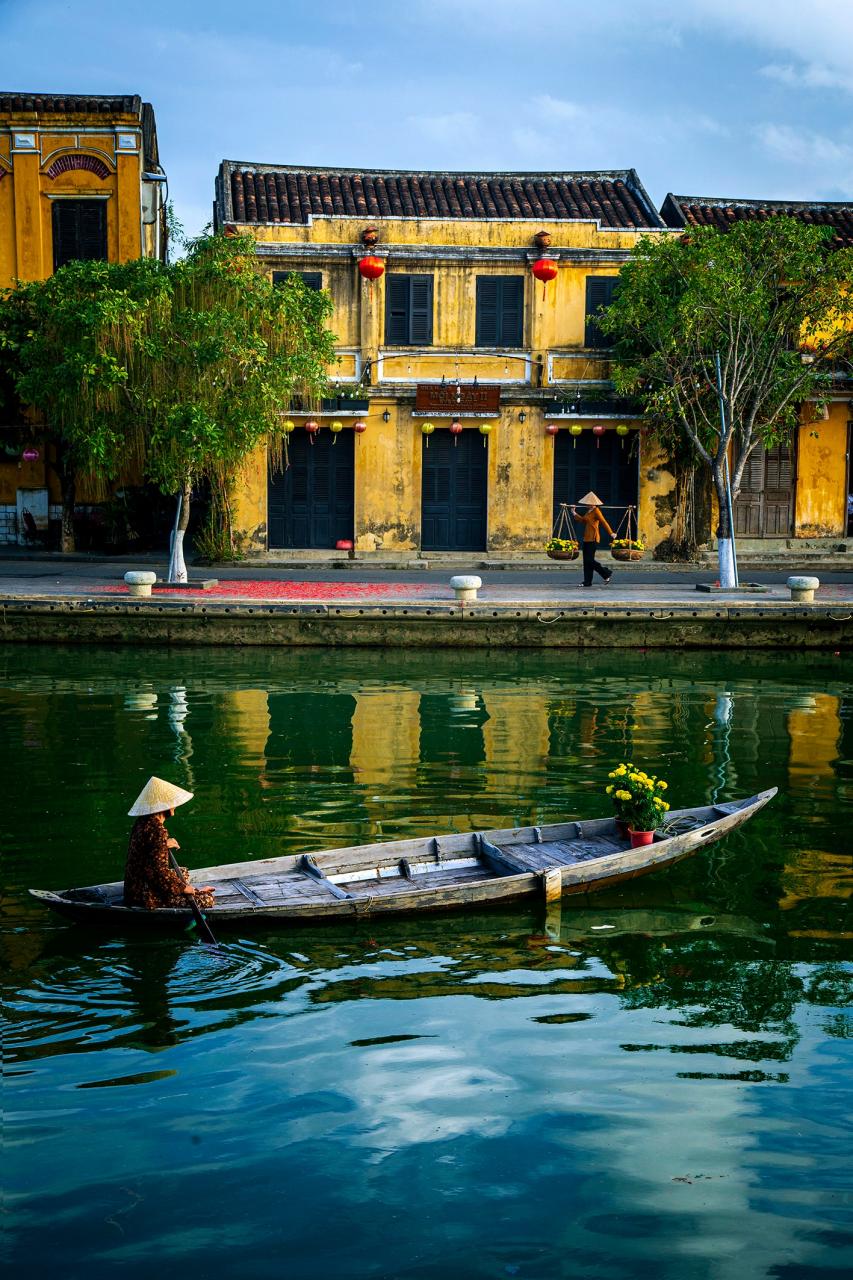
Even though the Japanese Covered Bridge has been made as elaborate as it is, it has still caused a public storm, showing that this issue is extremely sensitive. Don't think that because it is located in the world cultural heritage area, and is Hoi An's identity card, it is worth worrying about or paying attention to. Heritage is not big or small. It has equal value, because a group, an ethnic group or a nation are all equal in the values that have made up their soul, character, life and beliefs.
I wish someone would boldly declare: let's make mirrors out of wood and palm leaves, the government is willing to pay to buy them, because that is true culture!
Obviously, in some aspects, from the story of the mirror, we have made the heritage die, replaced it with a new plan to live, let it flow with the so-called globalization factor: All the same and kill creativity, forget memories, and call it forced compromise. But we contradict ourselves when we always say that what we need to protect is historical and cultural value, because it will increase the value of the heritage.
I reject the idea of building a fake ancient structure that is as valuable as an ancient one. How can a thousand-year-old tree be as valuable as a one-year-old tree? If that were the case, why would people build museums with prehistoric pottery fragments?
3. The trend of following nature, circular economy , and green living has been and is inevitable in the world. Protecting heritage, after all, is also green living. Because respecting and protecting heritage means not using civilized power to "stab the heart" or forgetting the past, forcing people to return to the remaining good values, but to behave more humanely.
One day, while returning to the village to drink wine, the elders mentioned that their village (Thi Thai village, Duy Thanh, Duy Xuyen) used to have Ong mausoleum, near Leo bridge. When I was still in the village, I often passed by there. The sun was harsh and it was dark because of the dense trees. The elders told me not to look inside when passing by. Now it has disappeared.
The changes of life have buried all the remaining values, even though vague from the folk consciousness. But they are imprinted in the memory of a class of people that archaeological excavation, if necessary, will not find. However, the question is, since 1975 until now, what valuable things have we created for the 21st century heritage, in terms of architecture for example?
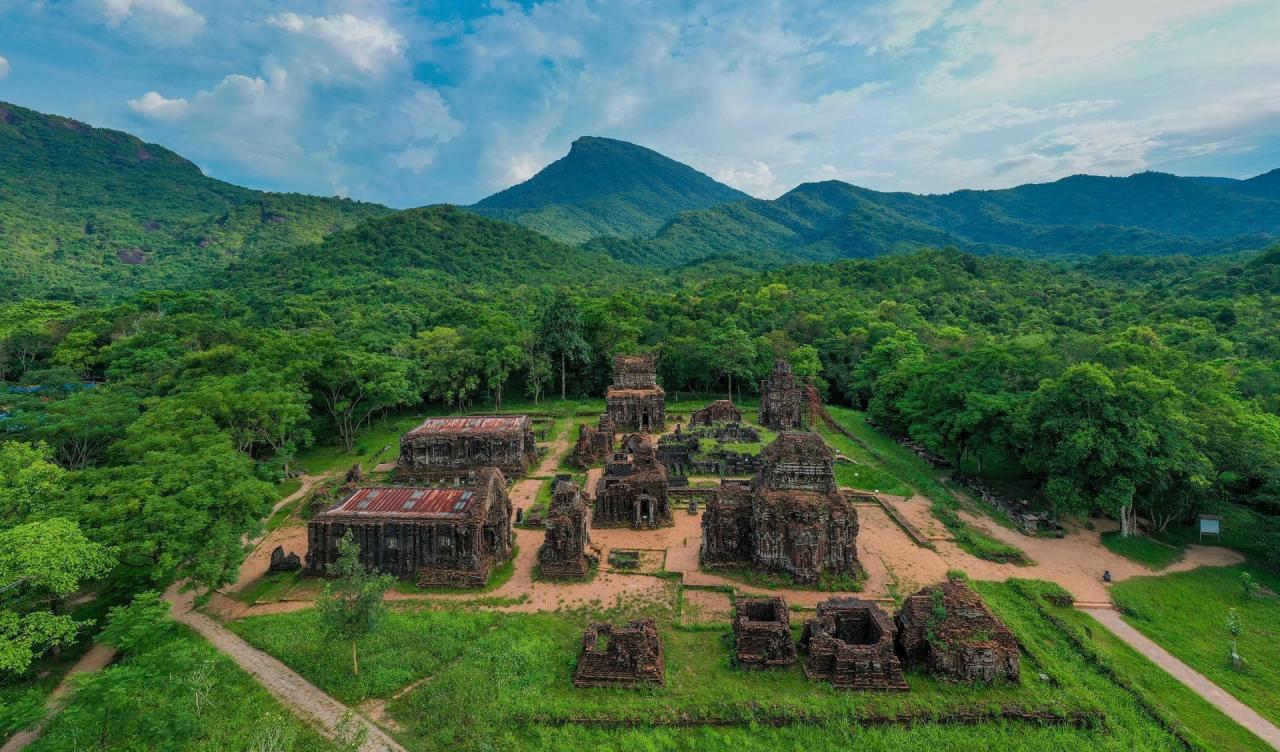
That question suddenly echoed in my mind when I returned to Duy Trinh to ask about the land and people, then walked to the front of the martyrs' cemetery in Chiem Son village. Opposite the cemetery gate is a river bank with a high cliff, close to the water's edge is a rocky cliff. That is where there are countless Cham letters, which people will see when the water recedes.
One opinion from local cultural workers is that Indian experts had previously come here to survey, and they concluded that those characters were ancient Sanskrit, which is different from today's Cham script.
Before that, there was also a research group from the French School of the Far East who measured, photographed, and redrawn, with the translated content being “To Lord Shiva, all must submit”, “Praise the almighty, please bow your head”… They affirmed that this was an order from King Bhadrarman I in the 4th century, ordering the construction of Champa temples in the area south of the Thu Bon River and the My Son sanctuary. Years passed, and everything was submerged in water, gradually eroding away.
So why doesn't the cultural sector put up a sign here, that there is such a relic here, so that passersby know, when it is on the route to My Son and not in some far away cave?
4. History is always measured by memory and reconstruction to satisfy emotions. That is why there are stories of truth and falsehood and cultural conflicts when there is any reconstruction. The idea of reconstruction comes from reviving values, preserving and promoting values.
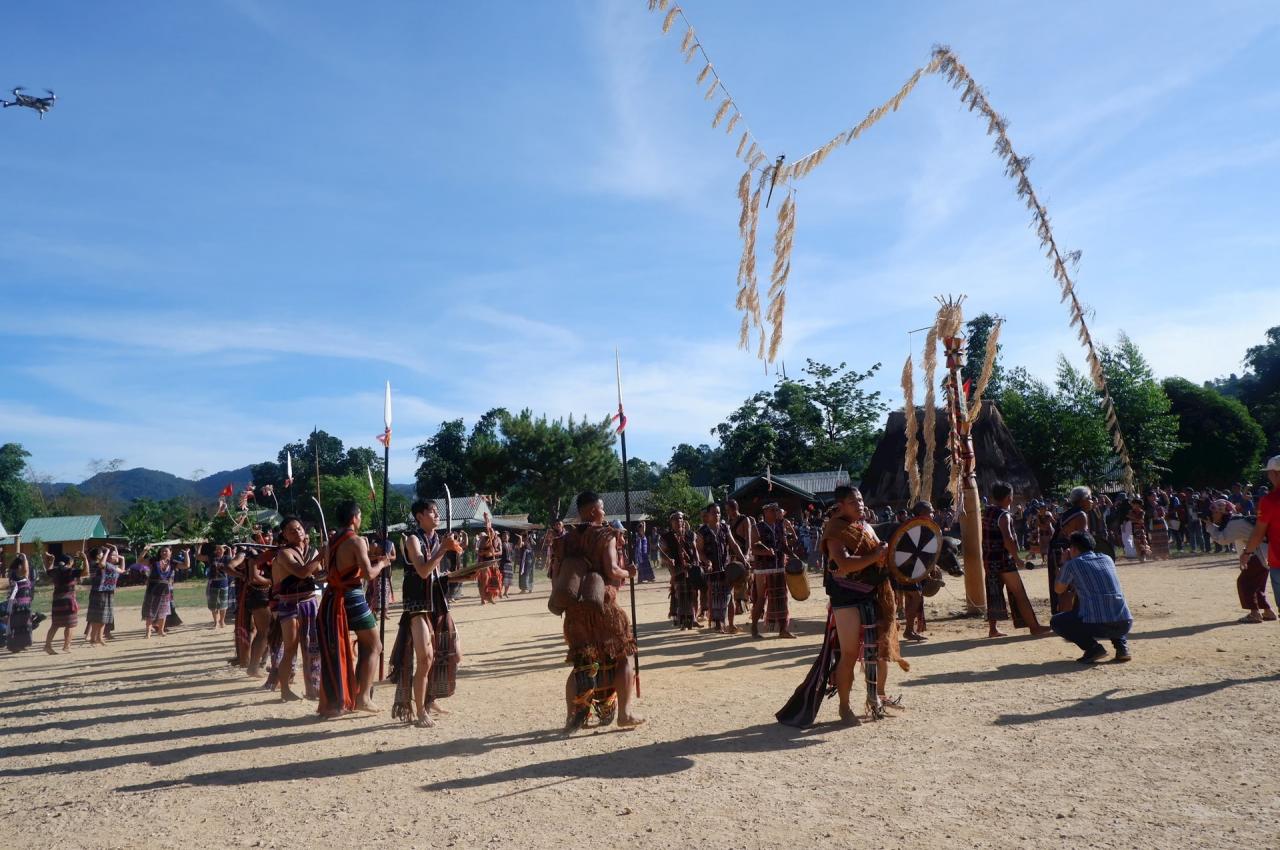
Look at cultural festivals, that is the intangible cultural value redrawn in a narrow space, appearing under modern eyes with the support of creativity and technology. There is a question that, those traditional festivals that are recreated, the performers, the elderly, the people who have knowledge about it, certainly know its value, but how many people will watch it just like watching, slipping past, drifting away?
The community is the best guardian of heritage. To protect it, we must show them that value along with their material and spiritual interests. Recently, I went to Tri Ton (An Giang province) - a land rich in Khmer culture with 37 pagodas bearing the mark of Buddhism. This is a sacred land located in the That Son range with many mysterious stories, carrying on itself many relics, craft villages, and world-famous cuisine . He took me for 2 days to visit and learn, when we said goodbye, the guide was an official from the district, honestly said that after going, I opened my eyes to many things, because I had not noticed them for a long time, there were so many interesting things!
He said, reminding me of the story of the Japanese Covered Bridge being renovated last time, which caused a stir. I asked Mr. Phung Tan Dong in Hoi An, he said, it was strange, besides a few things, it was also aesthetic. When building pagodas in the past, people did it entirely by hand, rustic, rough so the patterns and motifs were blurred, the wood was not smooth, simple like the soul of the countryside. But now, technology is so advanced that everything is so sharp that it cuts your hand, the wood is shiny like reflecting on a face, like a shimmering rainbow, so people find it strange.
So, to see, to look, must one have both knowledge and distance to see how the value appears, from which to establish a point of view?
Source: https://baoquangnam.vn/giu-hon-di-san-nhung-chuyen-roi-3144689.html







![[Photo] Prime Minister Pham Minh Chinh chairs the 16th meeting of the National Steering Committee on combating illegal fishing.](https://vphoto.vietnam.vn/thumb/1200x675/vietnam/resource/IMAGE/2025/10/07/1759848378556_dsc-9253-jpg.webp)






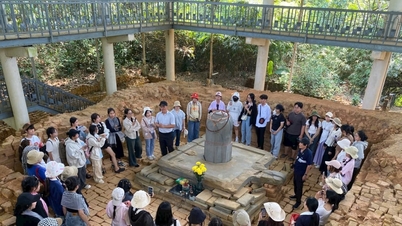





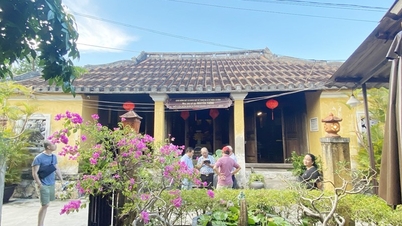


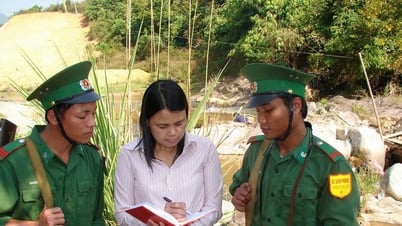
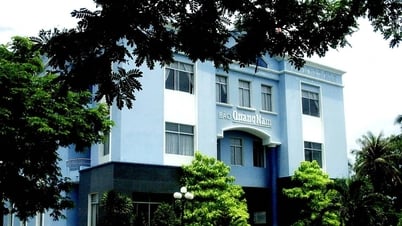
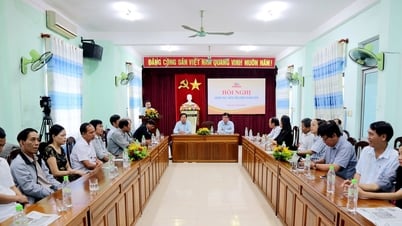
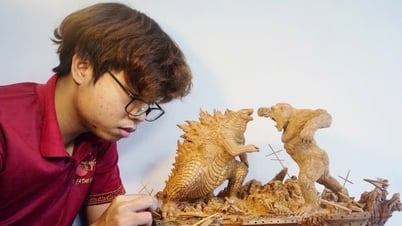











![[Photo] Super harvest moon shines brightly on Mid-Autumn Festival night around the world](https://vphoto.vietnam.vn/thumb/1200x675/vietnam/resource/IMAGE/2025/10/07/1759816565798_1759814567021-jpg.webp)

















































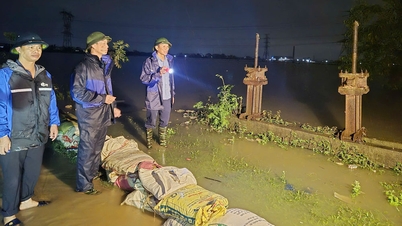













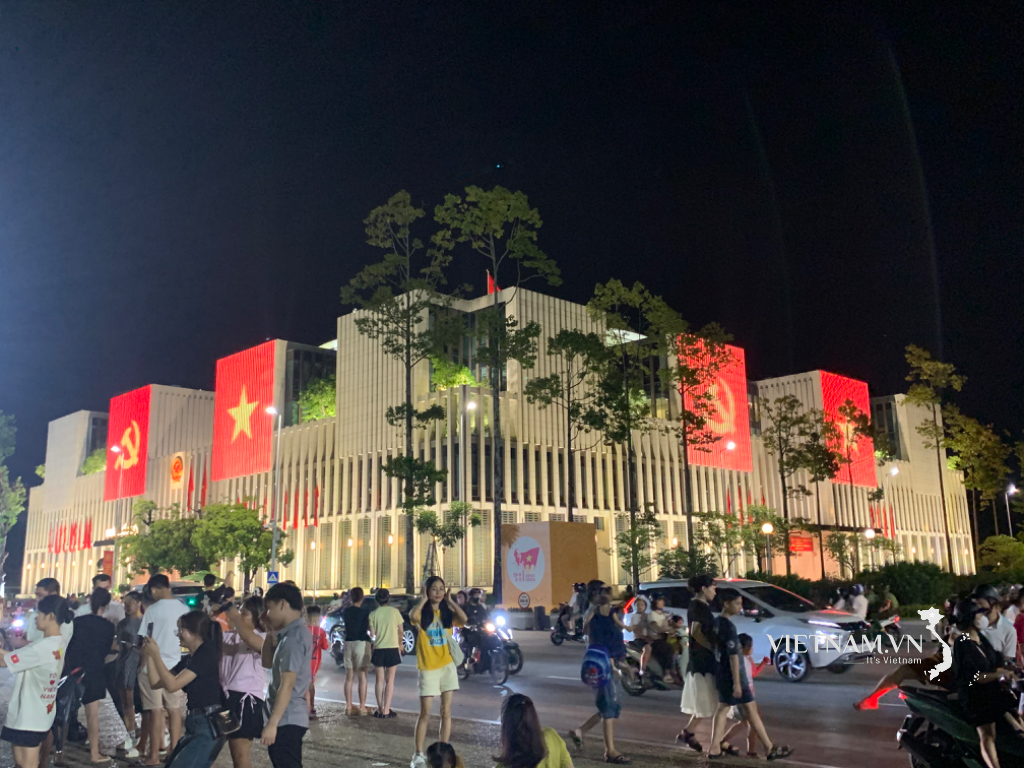
Comment (0)